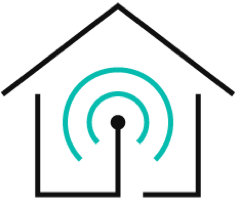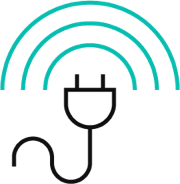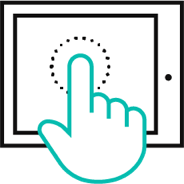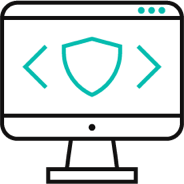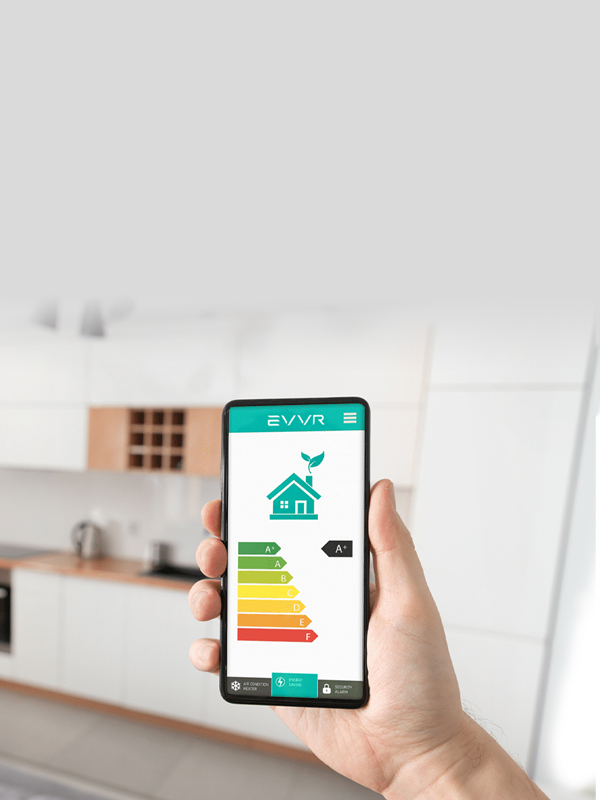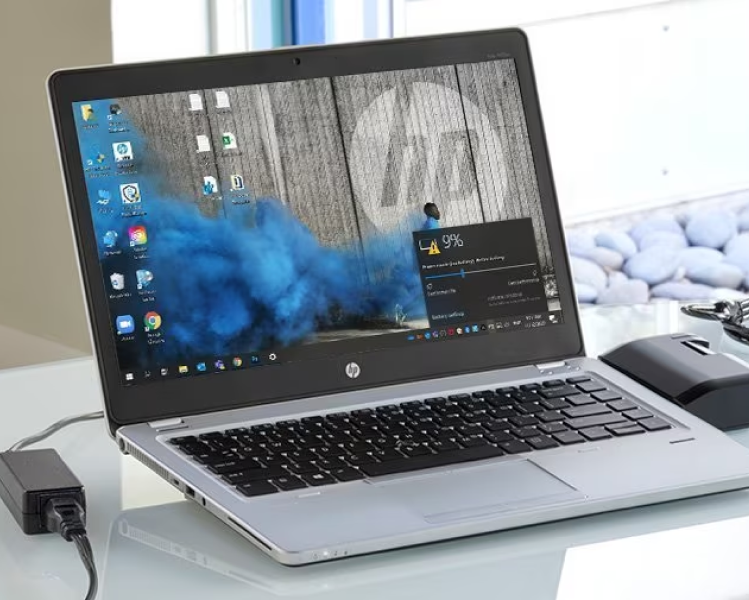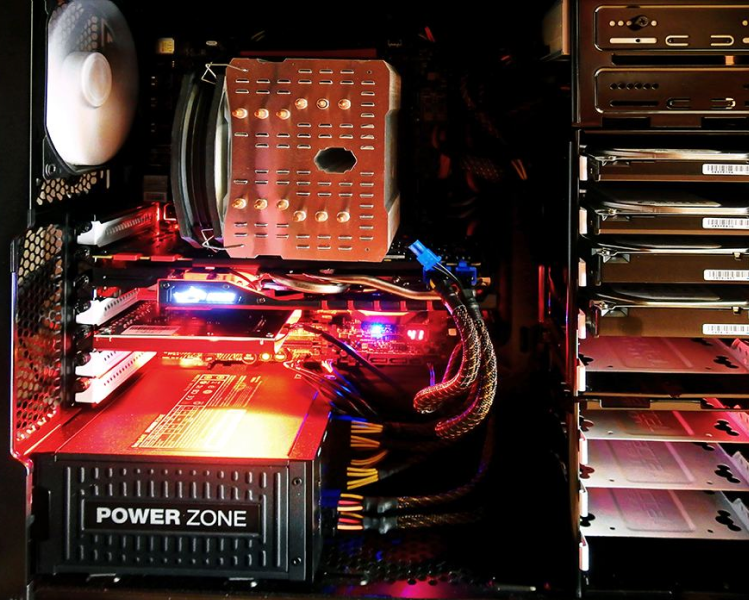At first, home automation technologies don’t appear to be green. If anything, IoT smart home tech would be a negative development in the fight against climate change. After all, we’re talking about more electronics doing things that previously didn’t require power (smart window blinds, anyone?).
But this is all wrong. Allow me to explain.
The Cost of Electricity
According to 2018 data from the Environmental Protection Agency, electricity accounts for 27% of all greenhouse gas emissions. That makes it the second leading cause of man-made climate change, just inches behind transportation.
(EPA)
It’s no wonder, either. A staggering amount of power is required to sustain cities and towns around the world. And with over half the world’s population on the internet, and over third owning smartphones, we’re using quite a bit more electricity today than we were even 20 years ago. Did you know that every year, video streaming alone contributes to about 1% of total global emissions? Bitcoin eats up enough power to run a small country. Even by simply reading this article now, on your phone or laptop, you’ve created just a tiny iota of tax on the earth’s atmosphere.
It’s counterintuitive, then, that more digital connectivity could actually help save our planet.
Autonomy Through IoT
Internet of things technologies run on electricity. It stands to reason, then, that the growing market for IoT smart home devices means more danger for the climate. But at least some smart tech offers consumers greater autonomy over their energy usage--enough to counteract any electricity used in the process.
Take, as one example, smart plugs. Smart plugs look like adapters that you plug into your wall outlets, except they grant you the ability to turn them on and off remotely, or on a schedule. This gives users the power to wantonly increase, or consciously decrease their energy consumption. For instance, on a particularly hot day you might remotely turn on the air conditioning in your home thirty minutes before you arrive back from running errands. This would be handy and use up more energy than you otherwise might have.
On the other hand, say you went to run errands and accidentally left your A/C running. For most of us, if this revelation comes more than 10 or 15 minutes after we’ve left the house, it’s too late--we’ll just let it run, and try to get back home quickly. A smart plug allows you to turn off the outlet your air conditioner is plugged into, from your smartphone, saving energy and hassle.
Whether you use your smart plugs responsibly is on you. The point is: this technology, however simple, grants you greater autonomy over your energy usage.
There are other examples of this same phenomenon, like smart thermostats. Smart thermostats, like smart plugs, might incentivize homeowners to use more or less energy than they would have otherwise. But they give homeowners greater control over the situation, with easier tracking and more adjustable settings. (And that’s to say nothing of the energy savings that modern heating and cooling systems provide over your old, cranky A/C or those hulking radiators that burn through diathermic oil.)
Passive Benefits of IoT
Where some home automation systems are designed to give users more control over their energy consumption, others are built for the opposite purpose: taking care of things so that you don’t have to.
Picture, if you will, the office buildings you walk by after work, or drive by at night. Many, if not most of them leave a good portion of their lights on at night--for employees, cleaning staff, security, or whatever other reason. None of these individual justifications are bad on their own, but the end result is a lot of waste. We’re talking about cities full of office buildings, using tons of power at 3:00 in the morning. It’s nonsensical.
Occupancy sensors detect movement in order to determine whether it’s worth keeping the lights on. It’s a simple technology you’re probably already familiar with, but its benefits are far greater than what you’d imagine. Picture an employee at a company staying late at night in the office after all their colleagues have long since gone home. They need the lights on, but do they need all of the lights on just to work at their one, little desk? Occupancy sensors can account for this one person, while shutting off the lights everywhere they aren’t. Now picture a janitor walking the halls of a skyscraper, sweeping floors and cleaning windows. As they enter each new room the lights flick on, and the lights in the last room they were in flick off. Only as much electricity is used as is warranted.
The benefits go on and on from there. During COVID-19, connected sensors can help office managers track how many people are in the building and where. Or they can connect employees to vacant desks and meeting rooms.
Occupancy sensors also make sense in the home. The net electricity usage of the sensors themselves may well be outweighed by the lights you don’t have to worry about turning off when you go to bed at night, or leave for work in the morning. If your lights are connected to your HVAC via your home WiFi, these sensors can “tell” both systems to turn off or on in tandem.
You can also think about this technology through a security perspective. Some buildings, stores and even homeowners keep their lights on overnight to dissuade potential thieves (it makes it seem like someone’s still inside, and allows commercial buildings to run security cameras 24/7). This small comfort is a penalty to the planet overall. Occupancy sensors not only replace the need to keep lights on, but by actively flicking on when somebody enters the premises they’re even more effective when paired with other security features.
Advanced Capability
Even more high-tech IoT smart home and building solutions are in development now, which promise to further improve our relationship with energy consumption.
Power Ledger, a startup based in Perth, Australia, is one good example of just how far we can go. Built on blockchain technology, their service allows homeowners with solar panels to not just store energy but trade it on an open market. So if you build up an excess in your home, and don’t necessarily need all of it, you can actually turn a profit by selling your stored energy to somebody else in need. This technology is still in its early stages, but in theory it could make the grid more efficient, and incentivize more people to adopt solar energy.
Technologies like Power Ledger, occupancy sensors and smart plugs make more efficient use of the electrical grid, and do better at connecting us with our own consumption habits. Some of these technologies, by virtue of their ease of use, might actually incentivize more electricity usage. But either way, the power is in our hands. It’s up to us to be as smart as our tech.
To know more about our eco-friendly smart lighting product, In-wall relay switch, please contact us.

